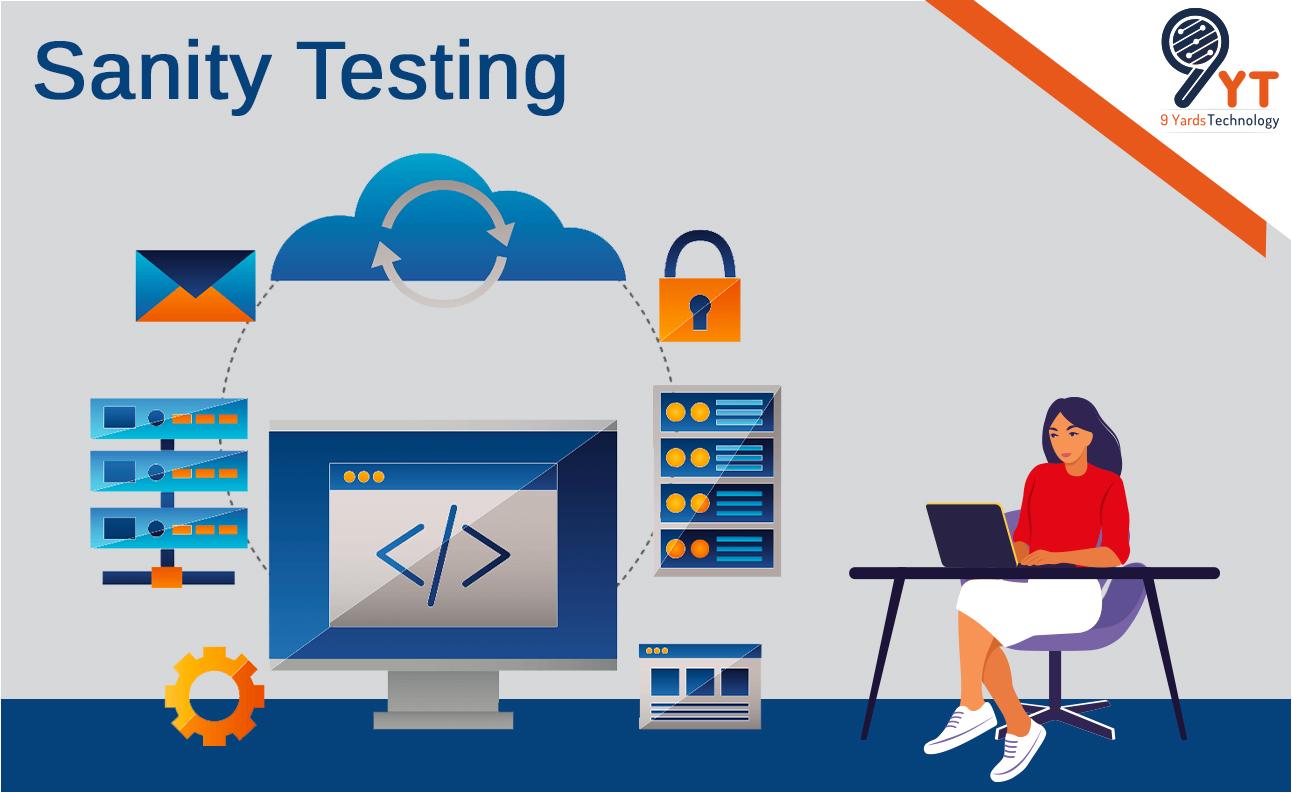
Functional testing is defined as testing and quality assurance that helps verify and validate each system function or the requirement outlined. This testing mainly involves black box testing and isn’t concerned about the source code or the application’s internal structure. It only includes adherence to the output for certain input values. It is verified that the system meets its functional specification.
Why do we do Functional Testing?
We perform functional testing because, without it, we may not accurately understand whether our application functions as intended. The functional tester performs the testing from the user’s perspective to ensure that the system meets all of the client’s requirements or not. A tester can easily check if the system passes or fails, improving client satisfaction.
Types of Functional Testing
1. Unit Testing
Unit testing is the first and basic test performed by the developers. It is the process of checking a small piece of code to ensure that the individual part of a program works properly on its own. Unit testing is used to test a single unit of functionality; doing a unit test can prevent more complex issues from appearing in the latter stage of development.

2. Integration Testing
Integration testing is one of the important types of functional testing. The integration testing is done after the unit testing. It checks how well various software component works together and integrate to form a large system. These tests are also done to determine how well the data communication between the different components of the system is.

3. Smoke Testing
Smoke testing is a superficial level of testing conducted on the initial build after deployment to an environment. It determines how well the basic critical functionality of the software works and checks whether the build is stable or not. Also, it justifies whether the build can be operated for the further testing process are not. It is also called build verification testing.

4. Sanity Testing
Sanity testing is the type of software testing that is performed after a software build is received with a small change in functionality or the code. The sanity testing is performed on a relatively stable build. It is also intended to verify the basic functionality and avoid detailed testing.

Also Read: An Overview: Agile Methodology & Scrum
5. Regression Testing
Regression testing verifies that the recent code change has not altered or destroyed the already existing functionality of the system. Regression testing is executed when there is a code modification in a software application. It checks the impacted area to ensure that the changes have not affected the unchanged part of the software application.

6. User Acceptance Testing
User acceptance testing is a type of functional testing performed by the end-user or the client to verify the software system before moving the software application to the production environment. User acceptance testing is the last testing level.

7. Graphic User Interface Testing
- Graphic user interface testing is the process of ensuring the proper functionality of the graphical user interface for a given application and assuring it conforms to its written specification.
- In addition to functionality, graphic user interface testing evaluates design elements such as layout, color, font size, label, test boxes, icon, link, and content. It also checks whether the graphic user interface is attractive or not.

How to Perform Functional Testing?
1. Analyze The Requirements
A tester should analyze the requirement, thoroughly understand the business requirement, and know the expected result. They should know who to contact if they do not understand or have any doubts.
2. Prepare Test Plan
For successful functional testing, a good test plan is very important. It is a kind of blueprint derived from the business requirement document. It contains the plan for all the testing activities to deliver a quality product. It describes what to test, what not to test, how to test, when to test, and who will do what test.
3. Write The Test Cases
After analyzing the requirement and having the test plan. It is a set of actions to check the functionality of the software application. The tester should prepare the test case.
4. Test Case Execution
After preparing the test case, the tester should execute their test cases and compare them with the expected and actual results. When the tester executes the test case, note any mismatch between actual and excepted results to provide feedback to the developer.
5. Log Defect
While executing the test case, for any mismatch between the actual and excepted result, log it as a bug with proper reproducible steps and document related to that bug.
Difference Between Functional And Non-Functional Testing
| Functional Testing | Non- functional Testing |
| 1. First, we perform functional testing on the software application. | 1. After the completion of functional testing, then we perform the non-functional testing. |
| 2. In functional testing, we test the functionality of the software. | 2. In non-functional testing, we check the performance, load, and security of the software. |
| 3. Functional testing is requirement-based testing. | 3. Non-functional testing is client expectation-based testing. |
| 4. Functional testing can be done manually. | 4. Non- functional testing cannot be done manually. |
| 5. In functional testing, we check the behavior of the software. | 5. In non-functional testing, we check the performance of the software. |
Final Thoughts!
Functional testing is one of the important tests as it verifies the functionality of the software and assures that the system is working according to the requirement or not. Functional testing aims to check whether the system is functionally perfect or not by performing different types of functional testing.






Mohsin
May 11, 2025Excellent article! The real-world examples really helped me relate to how functional testing ensures software works as expected.
Alex
May 14, 2025This blog highlights the value of functional testing in delivering quality software. It’s definitely something every developer and tester should read.
Andrew
May 28, 2025I always wondered how QA teams identify bugs so efficiently. This blog made it clear how functional testing plays a key role in verifying features against requirements.
Brijesh Yadav
June 9, 2025Great guide! This article does an excellent job of breaking down the different types of functional testing and their importance in ensuring software quality. The step-by-step approach makes it easy for both beginners and professionals to understand the process.
Jamesadaby
August 15, 2025The Top IT staffing services in Noida are crucial for businesses seeking to enhance their tech teams. Think before choosing any IT staffing company for your requirement.
Cliffadvat
August 18, 2025Very informative post on the Best IT staffing services in Noida. Finding the right IT professionals can be challenging, and a reputed staffing agency is crucial. Timely recruitment, skilled candidates, and solutions that align technical expertise with organizational culture ensure successful placements for businesses.